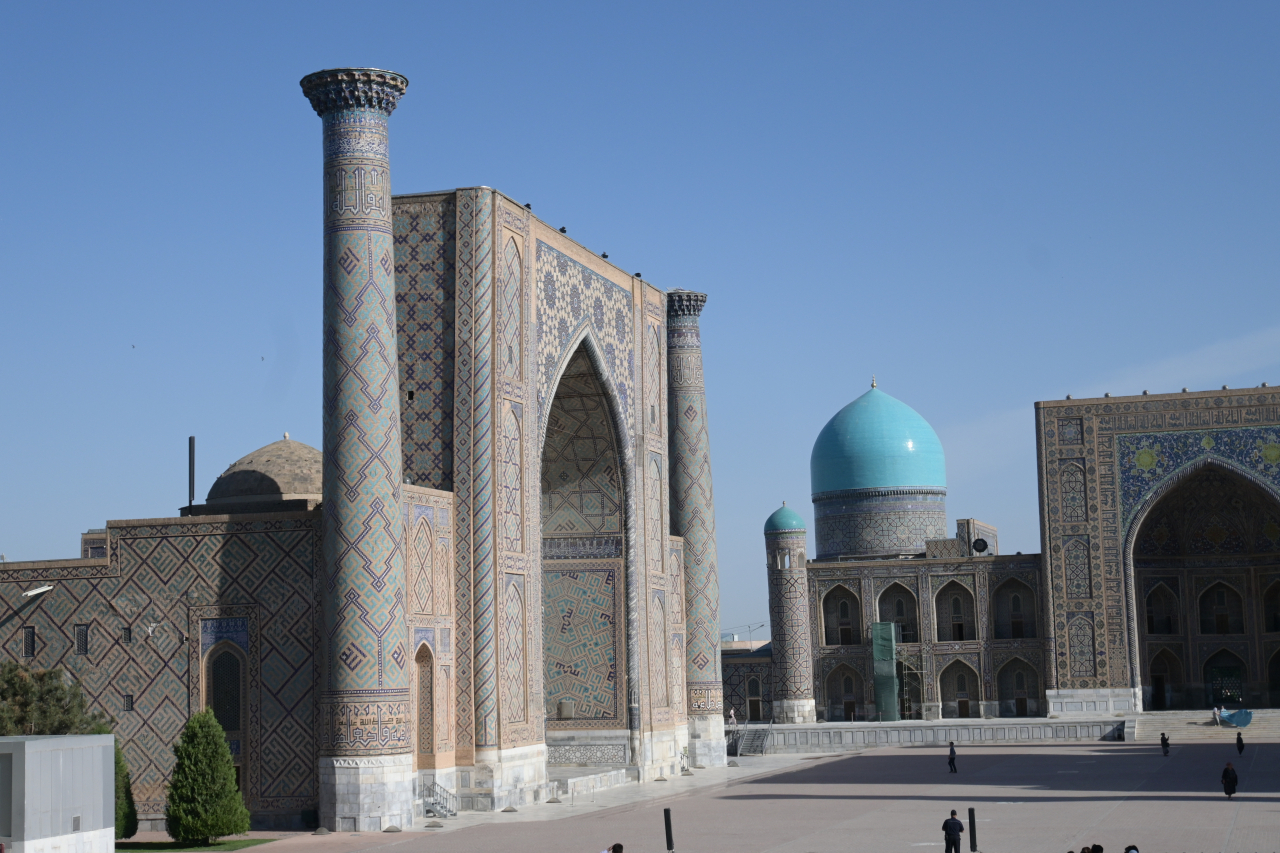
Uzbekistan is home to rich cultural diversity, fresh organic food and spiritual sites for some of the world's oldest religions. The country has all the potential of a world-class tourism ecosystem with its harmonization of cultural diversity, efficient connectivity and ongoing infrastructure development under the "New Uzbekistan" vision.
The ancient civilization of Uzbekistan was a crossroads of advanced cultures. Uzbekistan's cities such as Tashkent, Samarkand, Bukhara, Khiva, Nurata, Shahrisabz, Kokand and Termez have important archaeological sites associated with Zoroastrianism, Buddhism, Christianity and Islam.
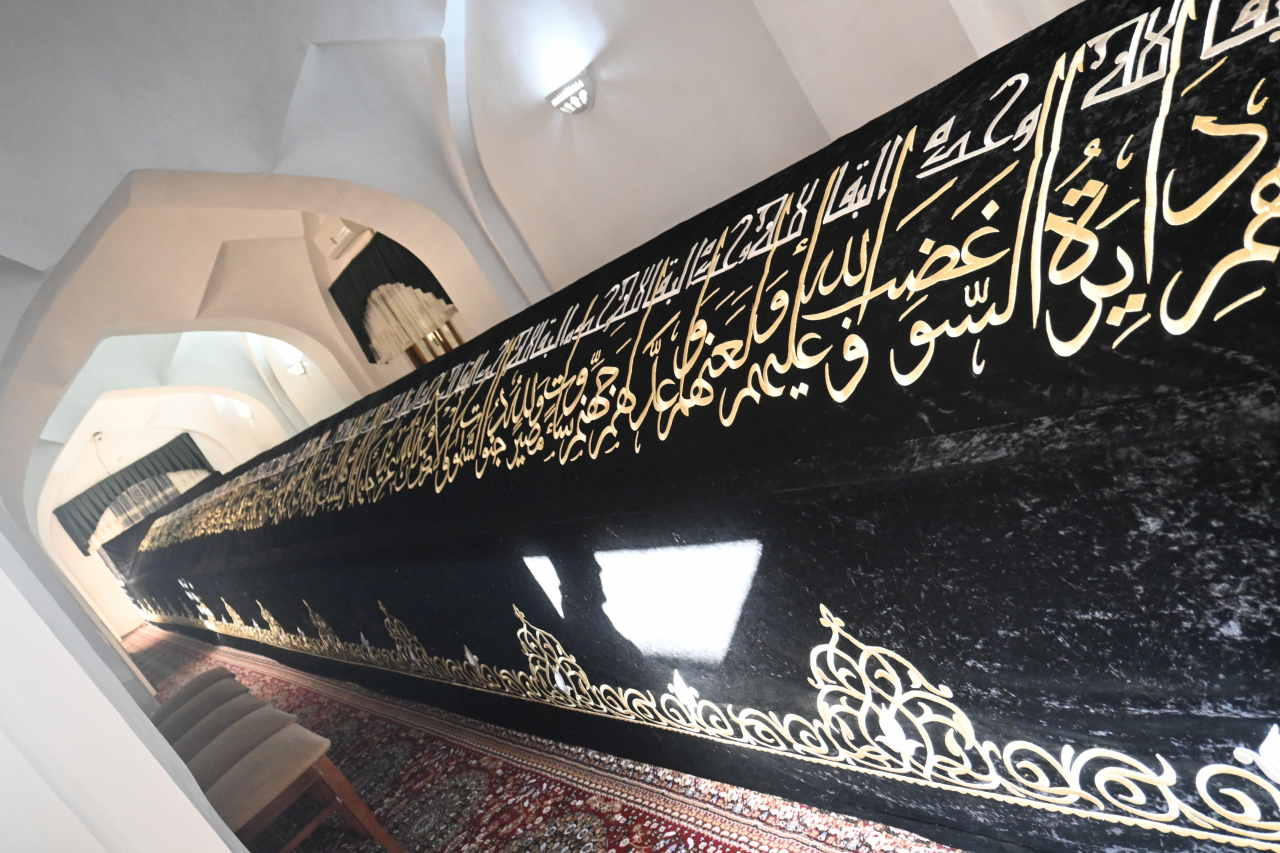
The country has more than 4,000 historical architectural sites and spiritual heritage sites, over 7,000 historical monuments, more than 160 historically important Muslim sites and dozens of historical sites related to Sufism.
Invasions by Alexander the Great, the Mongols and the Timurids, as well as the profound influence of Islamic scholarship and culture in the medieval period, have all left their mark on Uzbekistan.
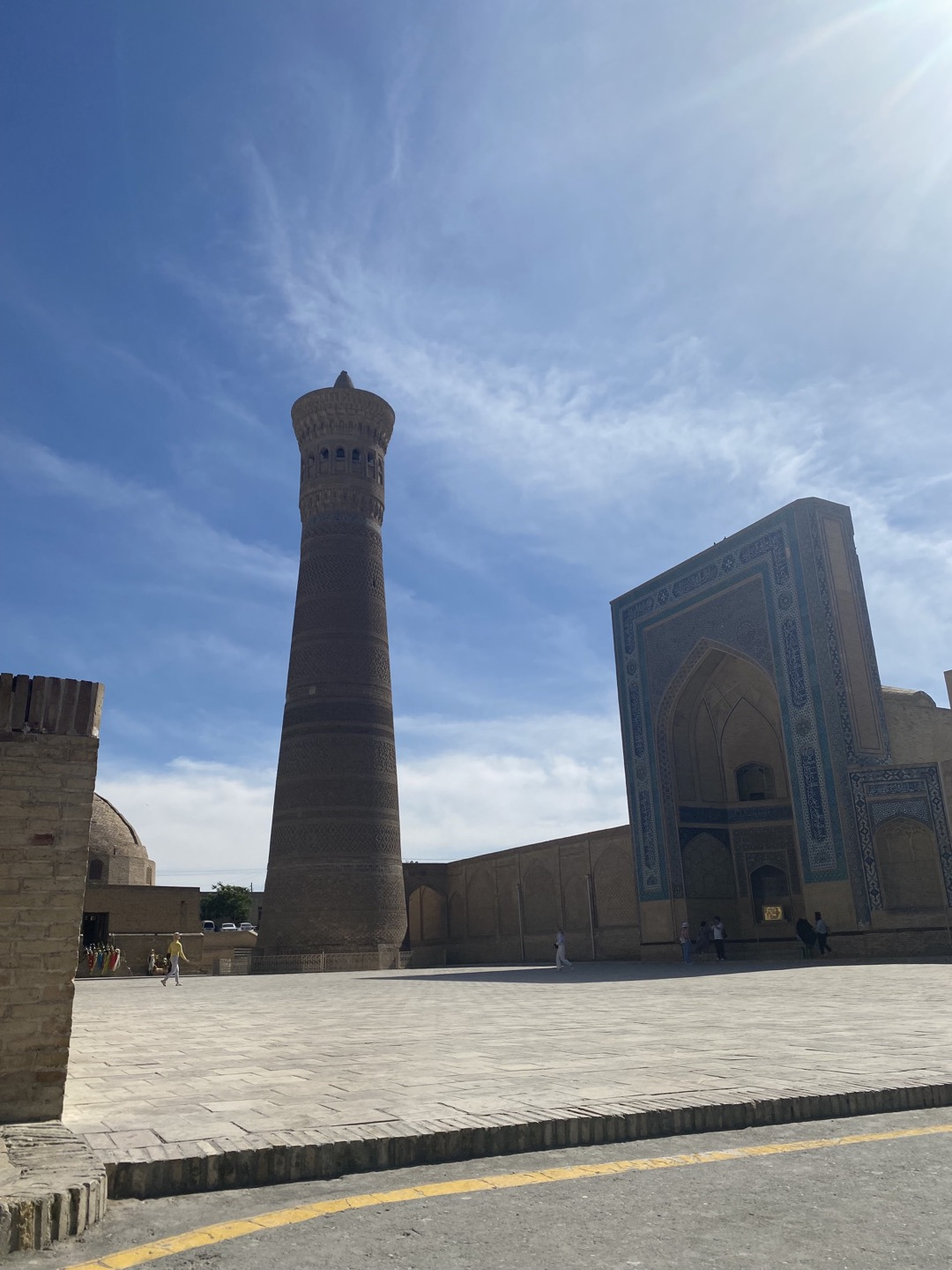
Cities like Bukhara and Samarkand have many mosques, madrasas and architectural marvels. Registan Square of Samarkand presents Timurid architecture, while Khiva’s Itchan Kala fortress and Kalta Minor minaret showcase stunning Islamic architecture. Bukhara is home to more than 140 architectural monuments dating back to the Middle Ages.
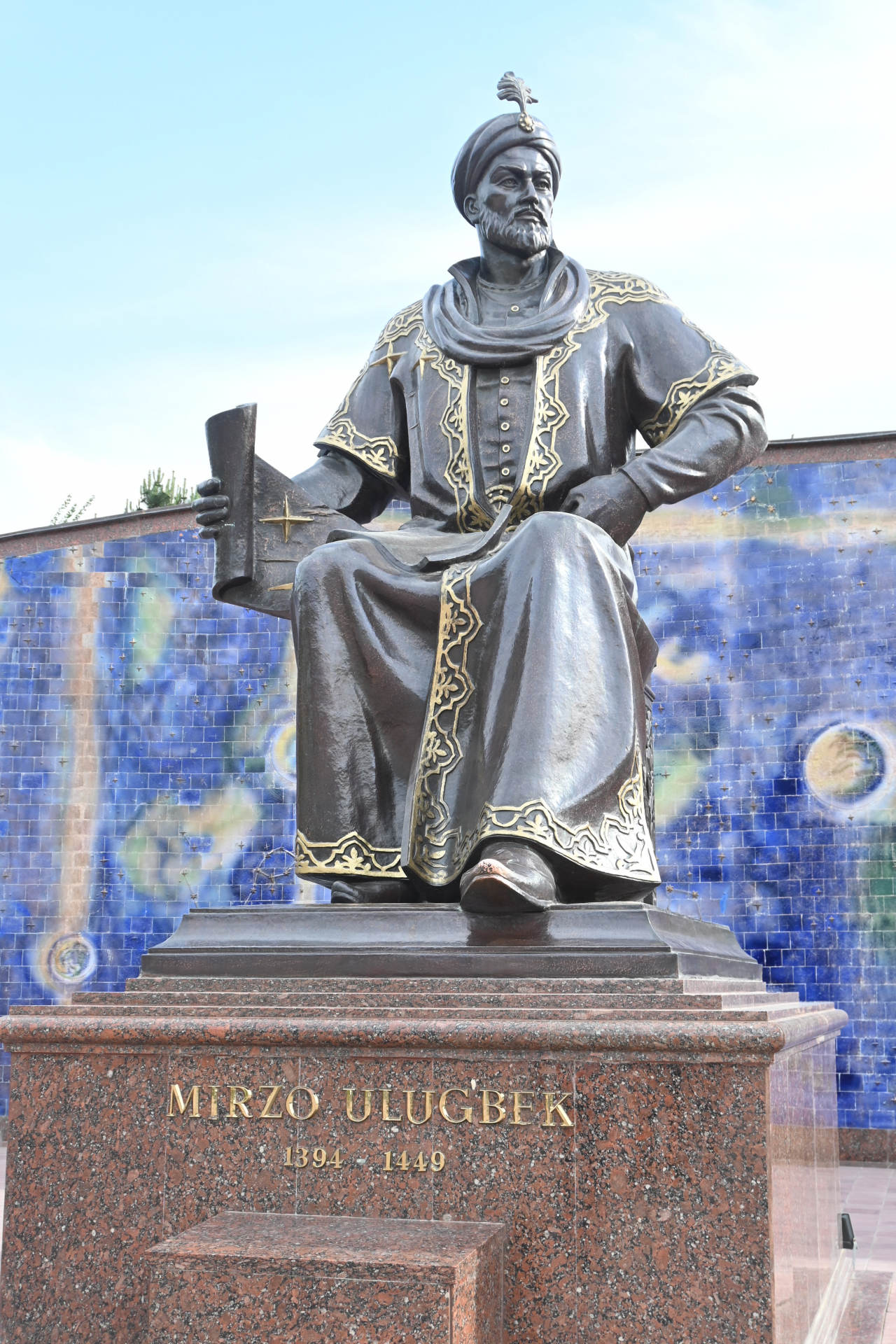
UNESCO listed the historical centers of Samarkand, Bukhara and Shakhrisyabz, as well as Khiva's Itchan Kala, as cultural heritage properties and the Western Tien-Shan mountain range as a natural heritage site. Uzbekistan’s history, geography and the co-existence of different ethnic groups such as Uzbeks, Tajiks, Kazakhs, Karakalpaks, Jews and Russians have shaped a cohesive diversity of traditions, languages and customs.
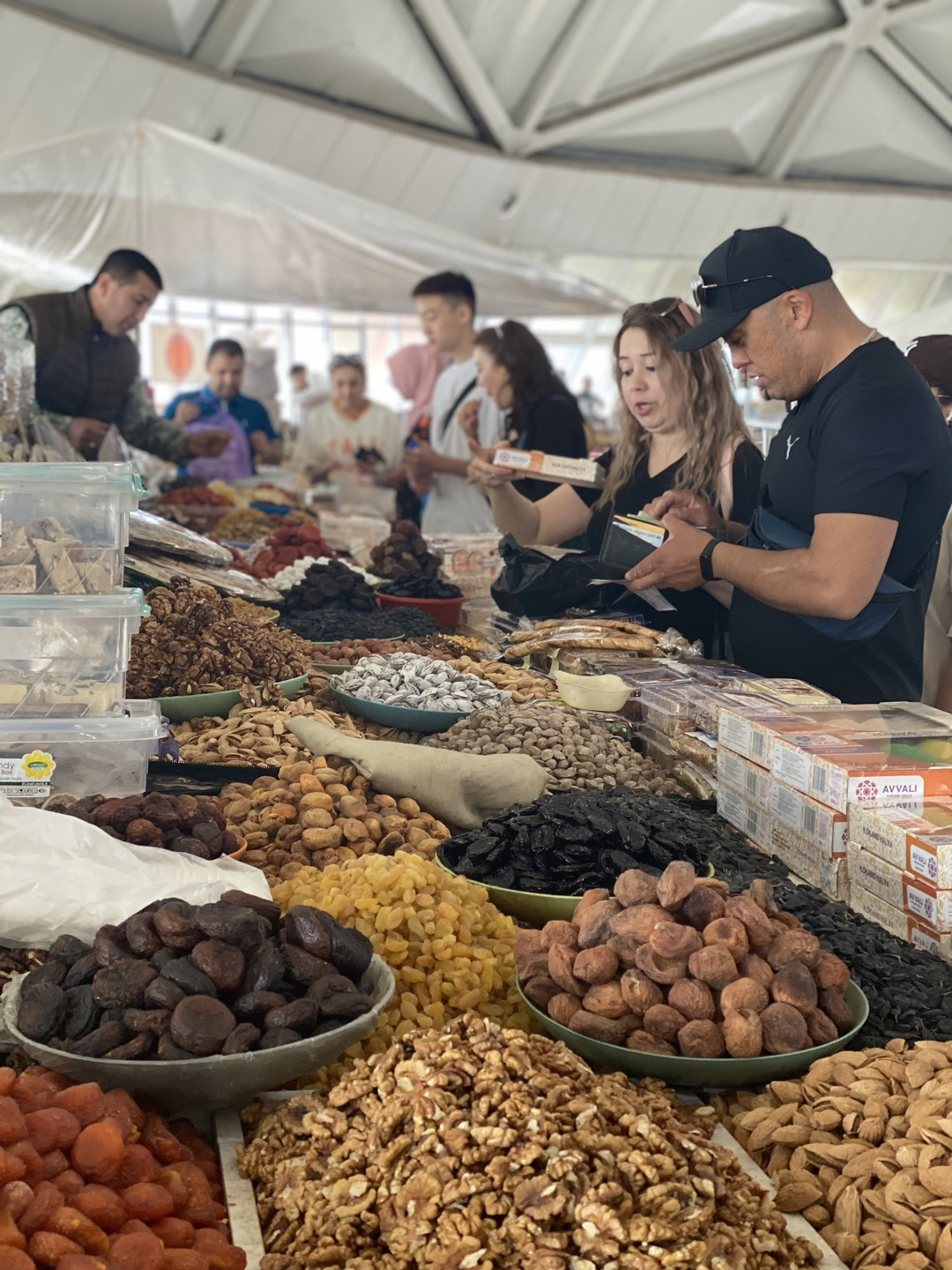
Uzbekistan's people have deep respect for family, hospitality and tradition. Uzbeks take pride in making their guests feel comfortable and well-fed, and their traditional foods -- plov (Uzbek rice pilaf), shashlik (skewered grilled meat) and obi non (bread baked inside a clay oven) -- form a major part of their everyday life.
Connectivity for tourists
In today's Uzbekistan, one can reach any part of the country using taxis, subways, trains, buses, flights and personal vehicles. Transportation is convenient and prices are comparatively cheaper than in many other parts of the world.
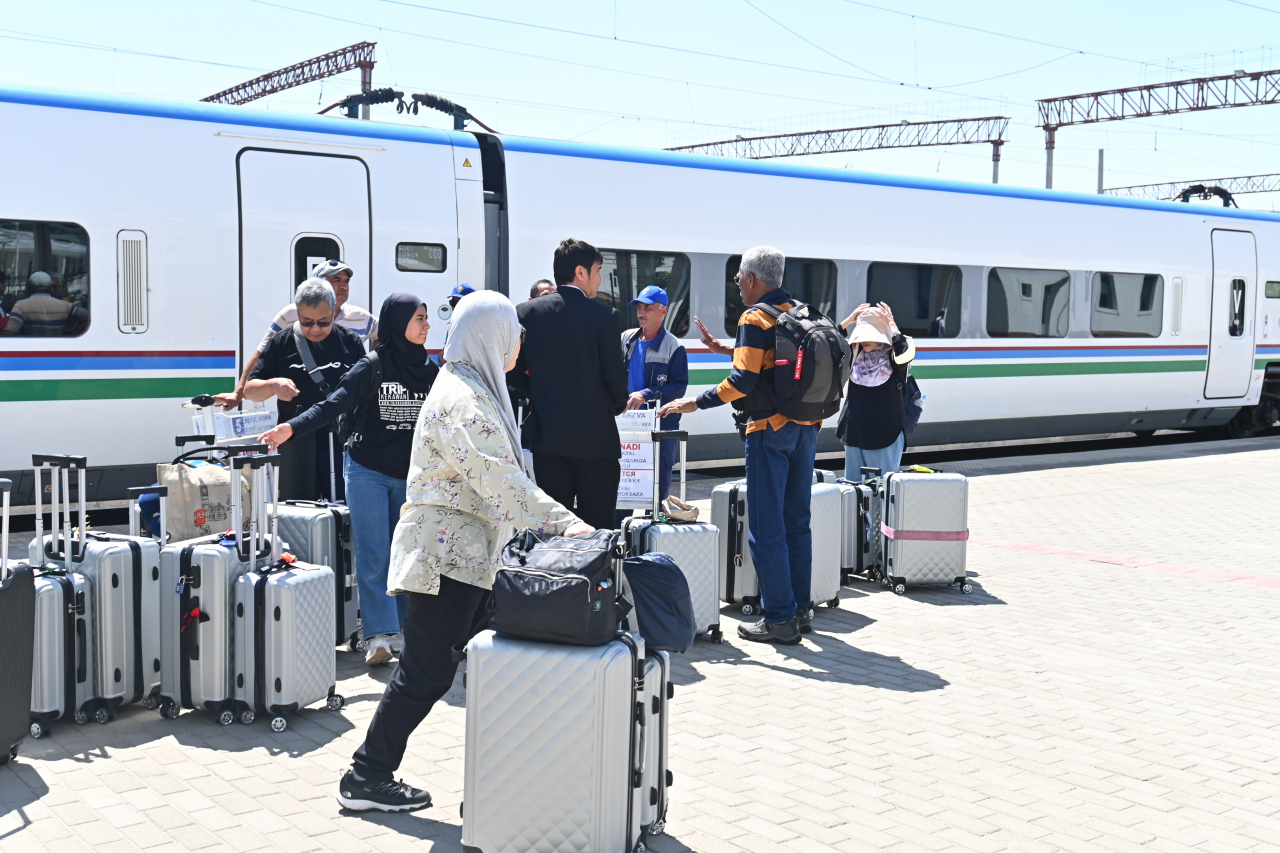
The Silk Road cities of Tashkent, Samarkand, Bukhara and Khiva are connected by Central Asia’s fastest high-speed train, the Afrosiyob, run by Uzbekistan Railways, which runs at a speed of 250km/h.
The international airports of Uzbekistan operate as transit airports connecting many countries to the east and west.
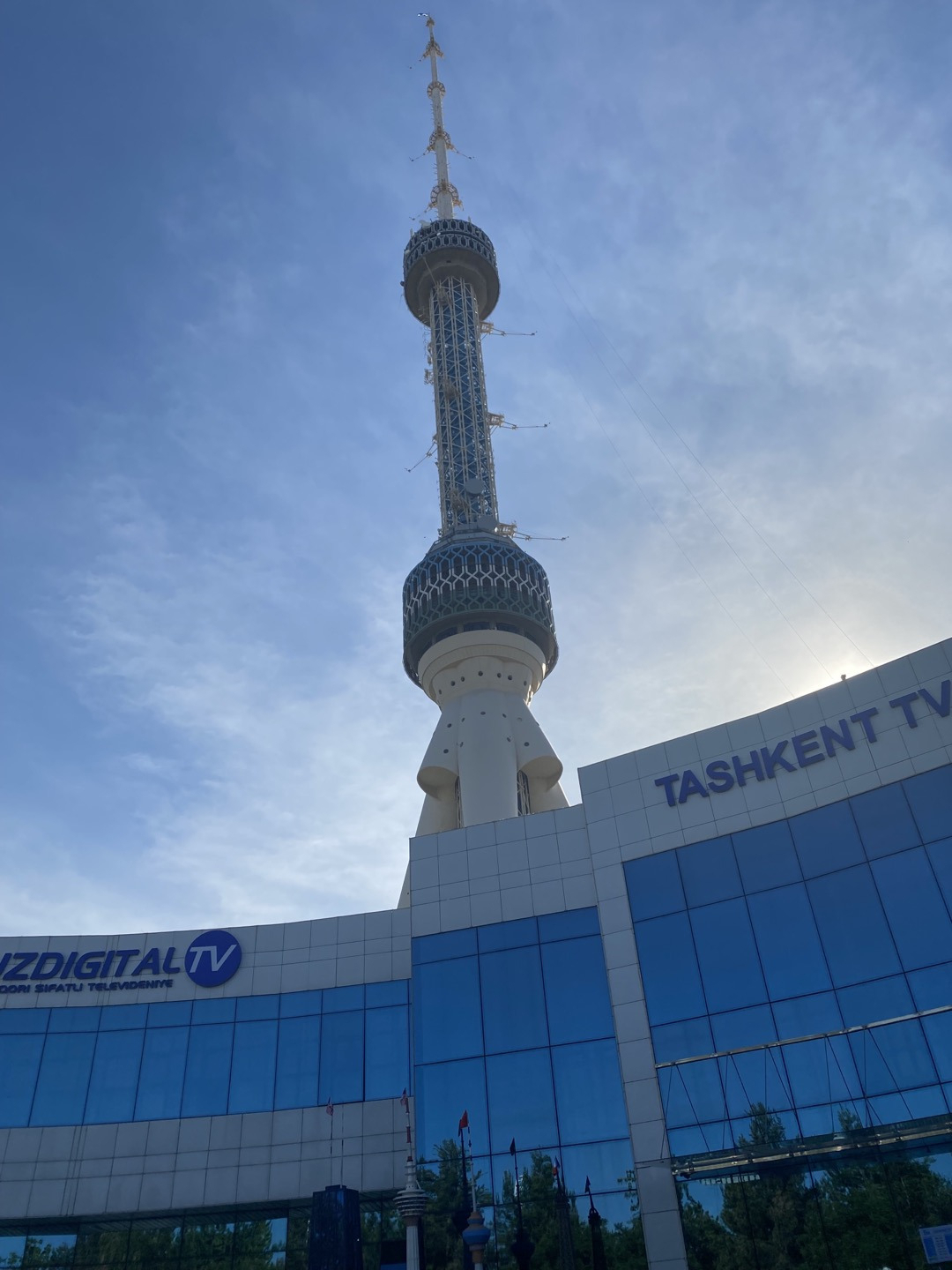
In the capital of Tashkent specifically, along with landmark spots like the traditional Chorsu Bazaar, Magic City amusement park, Tashkent TV Tower, Amir Timur Square, the Tashkent Metro, Uzbekistan’s State Museum of History and the Amir Timur Museum, tourists are showing interest in seeing New Uzbekistan National Park, newly designed foreign restaurants and pubs and Tashkent's Olympic City project for hosting the 2025 Asian Youth Games.
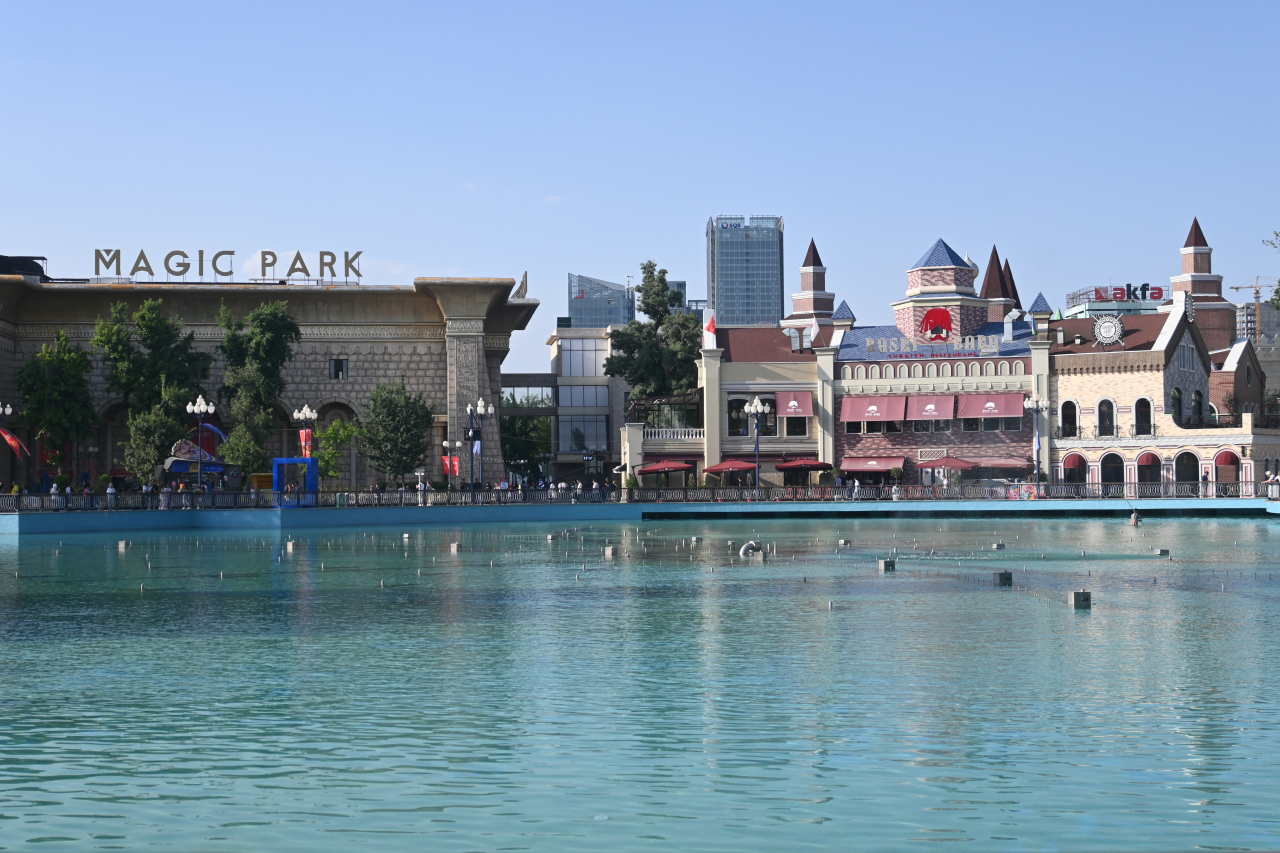
Recent government initiatives
Uzbekistan's government is carrying out reforms to attract foreign investment and promote tourism. Projected investments in Tashkent's tourism industry in 2021-2023 hit $903.6 million, with 66 new hotels, 12 shopping and entertainment centers, nine parks and three artisan centers, according to government sources.

With the initiative, "Concept for the Development of Tourism in Uzbekistan for 2019-2025," the Uzbekistan government took strides to simplify licensing procedures for operating accommodation facilities, which yielded remarkable results, leading to a surge in the number of guesthouses and hostels, even in rural areas. In line with the ambitious "Development Strategy of the New Uzbekistan for 2022-2026" project, the Uzbek government aims to invite 9 million foreign tourists.
The country is set to introduce a barrier-free tourism infrastructure in its major tourist cities and develop new tourist zones in Zaamin, Farish, Bakhmal, and the Aidar-Arnasay system of lakes to transform Samarkand into a bustling gateway for tourism.


 相关文章
相关文章




 精彩导读
精彩导读



 热门资讯
热门资讯 关注我们
关注我们
